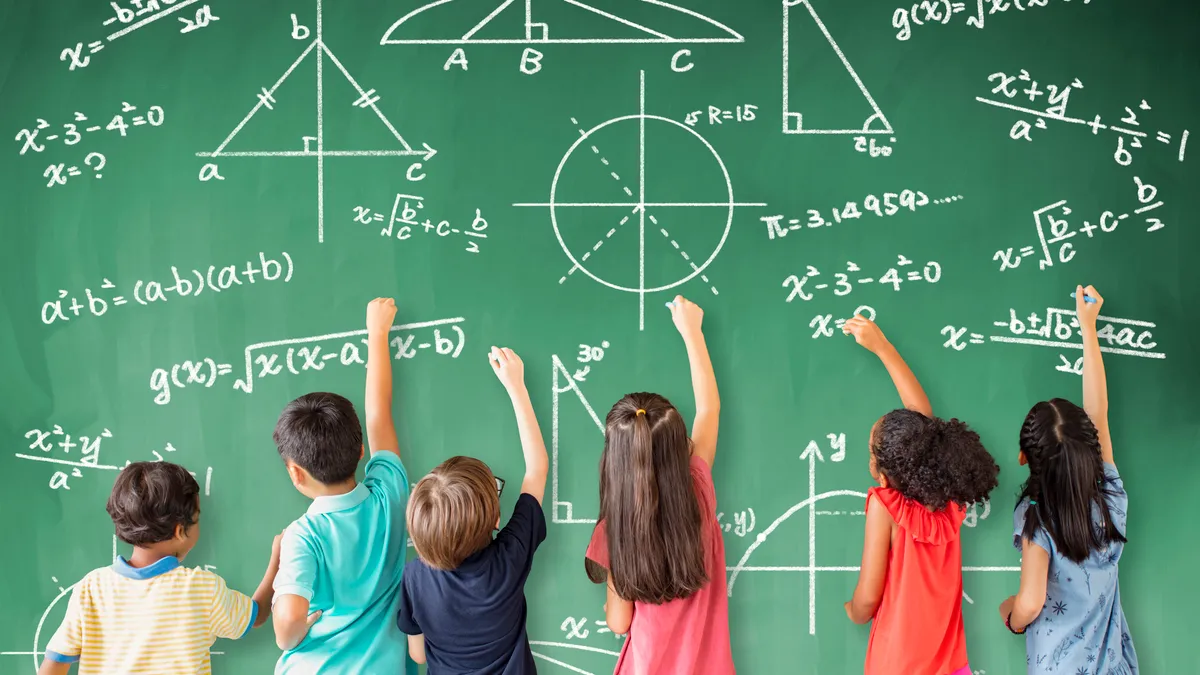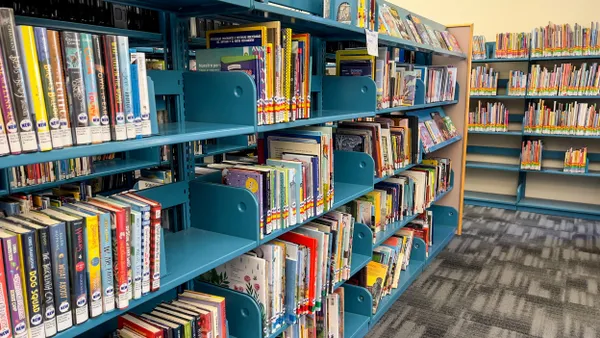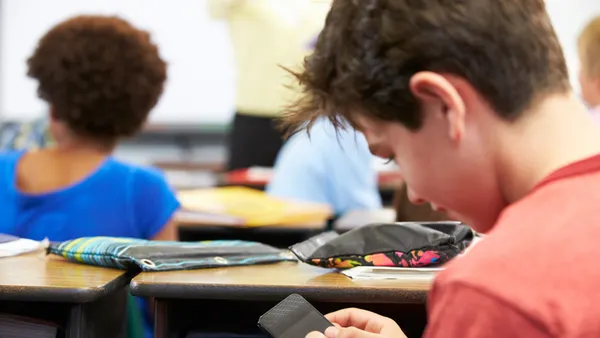Dive Brief:
-
Though a pandemic learning gap remains for middle school students in math, experts say driving more homework and memorization will not help get pupils back to pre-pandemic achievement levels.
-
Instead, educators should focus on helping students feel more confident in their math skills, said Kevin Dykema, president of the National Council of Teachers of Mathematics. Rather than focusing on how long it will take to close gaps in learning, energy should be shifted to helping students build their motivation to learn.
-
That focus should extend into high school, where Dykema recommends educators partner with their middle school peers to learn about students’ strengths as well as deficits as pupils advance to high school.
Dive Insight:
“The last thing we want to do is, based on prior year recommendations, put them into a low- or mid-level class,” says Dykema, who is a middle school math teacher at Mattawan Middle School in Mattawan, Michigan. “You don’t want to give [students] any preconceived notion that they will struggle, nor lower their expectations.”
Helping middle school students gain confidence in their math abilities is key to supporting those who are in fact struggling.
One way to do this is to set up small learning groups for pupils within a classroom to encourage student discourse. Then, when students move back to a whole group setting, they may feel more self-assured about their answers because they had the chance to work a problem out with their peers in a smaller group.
That’s a very different structure, said Dykema, than peer-supported learning where one supposedly stronger student can be asked to tutor another who is struggling.
“When you have one student presented as an expert and another told they’re deficient, that’s counterproductive and can be self-defeating,” Dykema said. “Peer-supported has to be done with students on equal levels.”
Plus in offering students a chance to demonstrate their learning, educators may also find they learn a new approach or two themselves.
“When I hear their reasoning, I may see they approached a math problem different from what I did, and I can tell them their way is clever,” Dykema said. “It’s a challenge, but it makes teaching more fun.”











